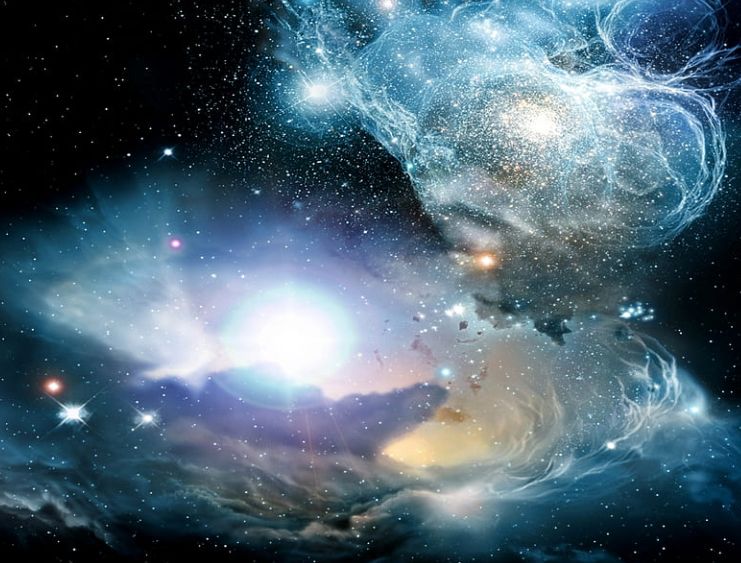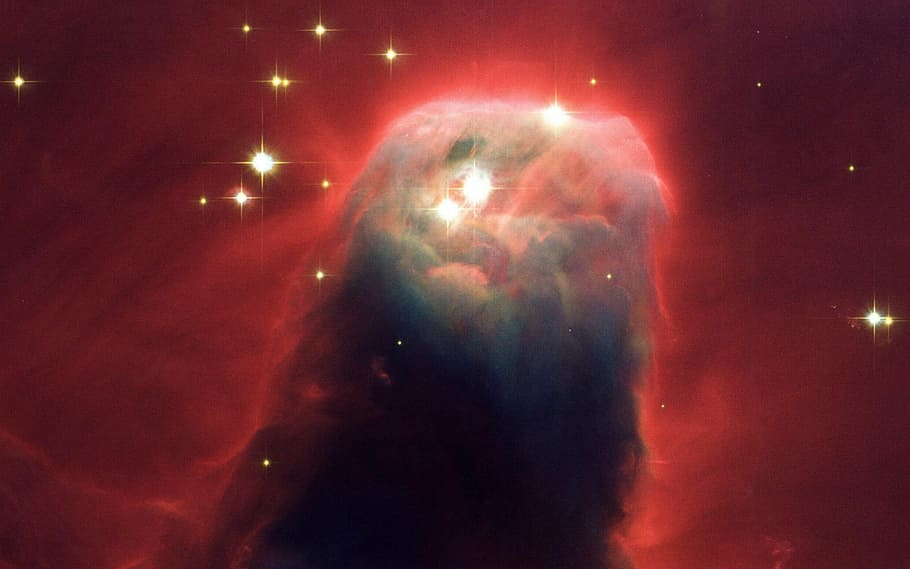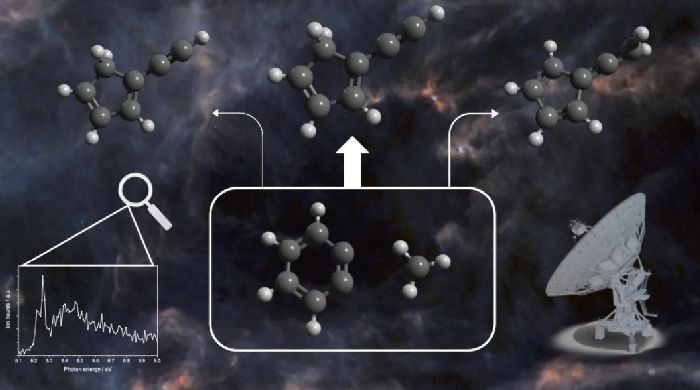
Astronomers have discovered a potential key step in the chemical process that occurs in “stellar nurseries,” which are clouds of gas and dust in space that eventually form young stars and planets.
Stellar clouds contain many organic molecules
The researchers have shown how certain large organic molecules can form in the “stellar nurseries,” which are rich in organic molecules like human bodies. These clouds contain many organic molecules, mostly composed of carbon and hydrogen atoms.
The study provides a small piece in the long and complex chemical journey that carbon atoms undergo, from formation in dying stars, to inclusion in planets and living organisms.
Cold molecular clouds give rise to celestial objects
Jordy Bouwman, a researcher at the Laboratory for Atmospheric and Space Physics said that in the cold molecular clouds of the “stellar nurseries,” the first building blocks of stars and planets are formed.
These clouds provide an important environment for the creation of the materials that will eventually make up celestial objects.
Accreting starless core
The researchers focused on a specific “stellar nursery,” the Taurus Molecular Cloud (TMC-1) – chemically complex environment – located 440 light-years away from Earth in the constellation Taurus.
This cloud is an example of an “accreting starless core,” an environment that has started to collapse but without the presence of embryonic stars.
The study provides new information about the chemical complexity of this type of environment in the universe.

Basic building blocks of organic matter
Researchers focused on the molecule ortho-benzyne and showed through experiments and computer simulations that it can combine with other molecules in space to form a variety of larger organic molecules.
The findings suggest that the building blocks of organic matter in the universe may be more complex and interesting than previously thought.
Bouwman said that these findings are just the beginning of understanding how small building blocks become larger molecules.
Hotbed of chemical activity
Despite being extremely cold, around -263°C, cold molecular clouds like TMC-1 are found to contain high concentrations of relatively large organic molecules such as fulvenallene and 1- and 2-ethynylcyclopentadiene.
These molecules, known as “five-membered ring compounds,” contain a ring of five carbon atoms.
This complex chemistry is happening in these environments, despite the need for heat to start most chemical reactions.
The presence of these large organic molecules in TMC-1 suggests that the formation of organic matter in the universe is more complex and dynamic than previously thought.
Complex chemistry in cold molecular clouds
Ortho-benzyne was detected in the TMC-1 clouds of gas by researchers using the Yebes 40-meter Radiotelescope in Spain in 2021.
This small molecule is composed of a ring of six carbon atoms and four hydrogens and is highly reactive, easily interacting with other molecules without the need for much heat.
This property of ortho-benzyne has the potential to drive complex chemistry in cold environments like TMC-1.

The role of ortho-benzyne molecule
The researchers used “photoelectron photoion coincidence spectroscopy” (PEPICO) to study the complex chemistry happening in TMC-1.
PEPICO is a technique used to study the products of chemical reactions. It works by exposing the reaction mixture to light generated by a synchrotron light source and then measuring the energies and wavelengths of the electrons and ions produced by the reactions.
The results showed that ortho-benzyne and methyl radicals, which are commonly found in molecular clouds, readily combine to form larger and more complex organic compounds.
Thus, the findings provide insight into the formation of these organic compounds in cold molecular clouds, and help in understanding the chemical evolution of molecules in these cosmic environments.
Takeaway
The results provide an insight into how the chemical composition of these nurseries contributes to the formation of stars and planets.
This also shed light on the ingredients like ortho-benzyne and methyl radicals responsible for forming new stars and planets.



